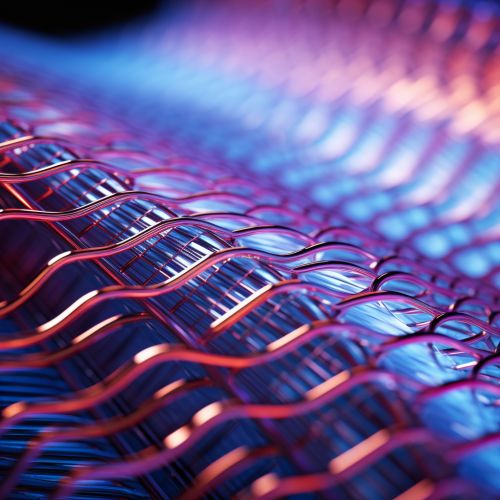Advances in Nanoscale Thermoelectrics and Energy Harvesting
Introduction
Nanotechnology has been a significant area of research in the past few decades, and its applications in energy harvesting and thermoelectrics have been particularly noteworthy. This article delves into the advances in nanoscale thermoelectrics and energy harvesting, exploring the principles, materials, and applications involved.


Principles of Nanoscale Thermoelectrics
Thermoelectric materials convert thermal energy into electrical energy and vice versa, based on the Seebeck and Peltier effects. The efficiency of this conversion is determined by the dimensionless figure of merit, ZT, which is a function of the Seebeck coefficient, electrical conductivity, and thermal conductivity.
In nanoscale thermoelectrics, the reduction in dimensions to the nanoscale (1-100nm) can significantly enhance the ZT value. This is achieved through quantum confinement effects, which increase the Seebeck coefficient and reduce the lattice thermal conductivity.
Nanoscale Thermoelectric Materials
The choice of materials plays a crucial role in the performance of nanoscale thermoelectric devices. Some of the commonly used materials include:
Bismuth Telluride
Bismuth telluride (Bi2Te3) has been widely used in thermoelectric applications due to its high ZT value at room temperature. When reduced to the nanoscale, Bi2Te3 exhibits enhanced thermoelectric performance due to increased phonon scattering and reduced lattice thermal conductivity.
Lead Telluride
Lead telluride (PbTe) is another material with high thermoelectric performance, particularly at high temperatures. Nanoscale PbTe has shown increased ZT values due to the reduction in thermal conductivity.
Silicon
Silicon, a common semiconductor material, also shows promise in nanoscale thermoelectric applications. Nanostructured silicon has a significantly reduced thermal conductivity, leading to improved thermoelectric performance.
Energy Harvesting
Energy harvesting refers to the process of capturing and storing energy from external sources, such as solar, thermal, and mechanical energy. In the context of nanoscale thermoelectrics, thermal energy is harvested and converted into electrical energy.


Applications of Nanoscale Thermoelectrics
The advances in nanoscale thermoelectrics have led to several applications, including:
Waste Heat Recovery
One of the primary applications of nanoscale thermoelectrics is in waste heat recovery. The ability to convert waste heat into usable electrical energy can significantly improve the energy efficiency of various systems, from industrial processes to vehicles.
Power Generation
Nanoscale thermoelectric materials can also be used for power generation in remote or inaccessible areas, where traditional power sources may not be feasible.
Cooling Applications
The Peltier effect, which involves the transfer of heat from one side of a thermoelectric device to the other when an electric current is applied, can be used for cooling applications. This can be particularly useful in electronics, where excess heat can damage components.
Conclusion
The field of nanoscale thermoelectrics and energy harvesting continues to evolve, with ongoing research aimed at improving the efficiency and versatility of thermoelectric materials. As our understanding of nanoscale phenomena grows, so too does the potential for innovative applications in energy harvesting and beyond.
